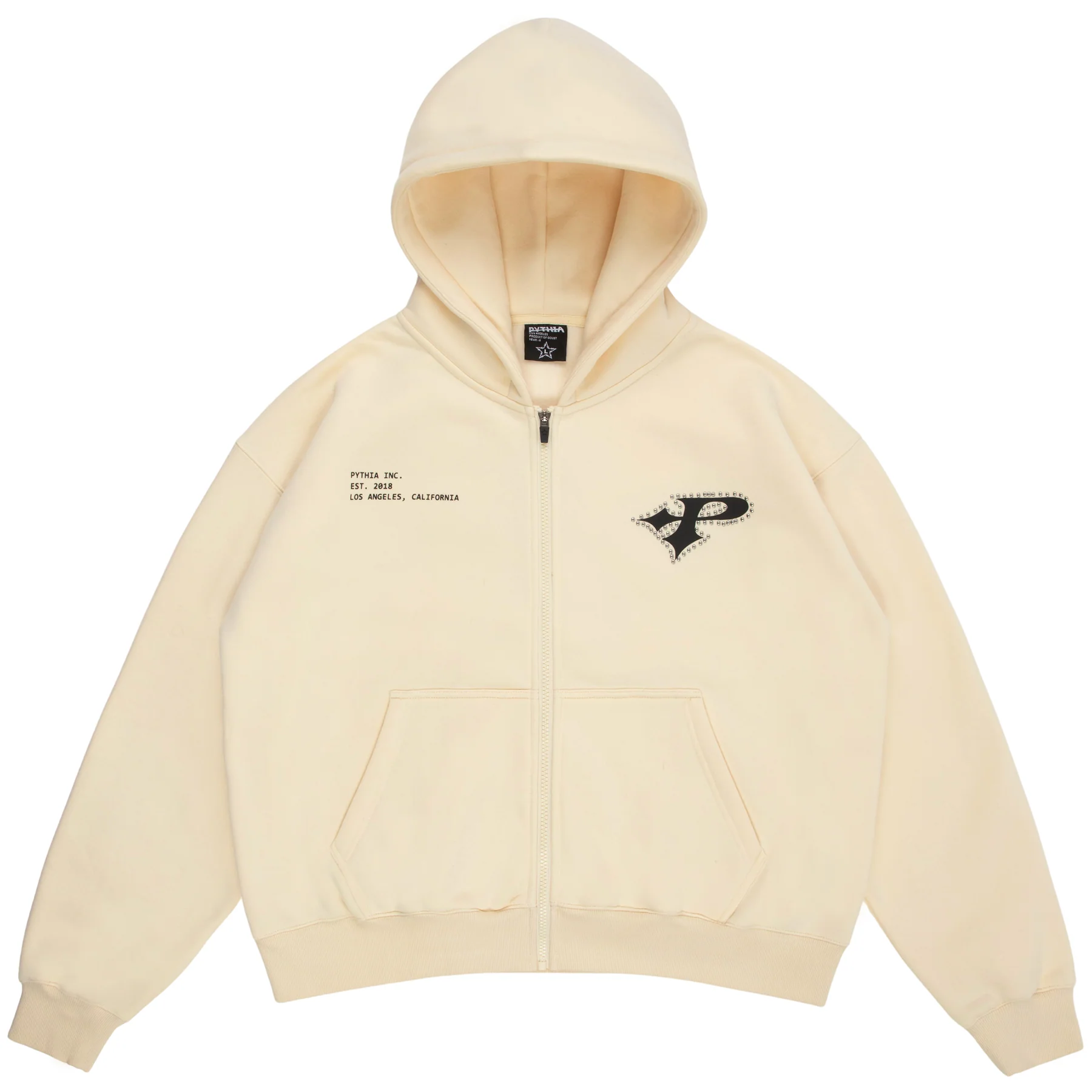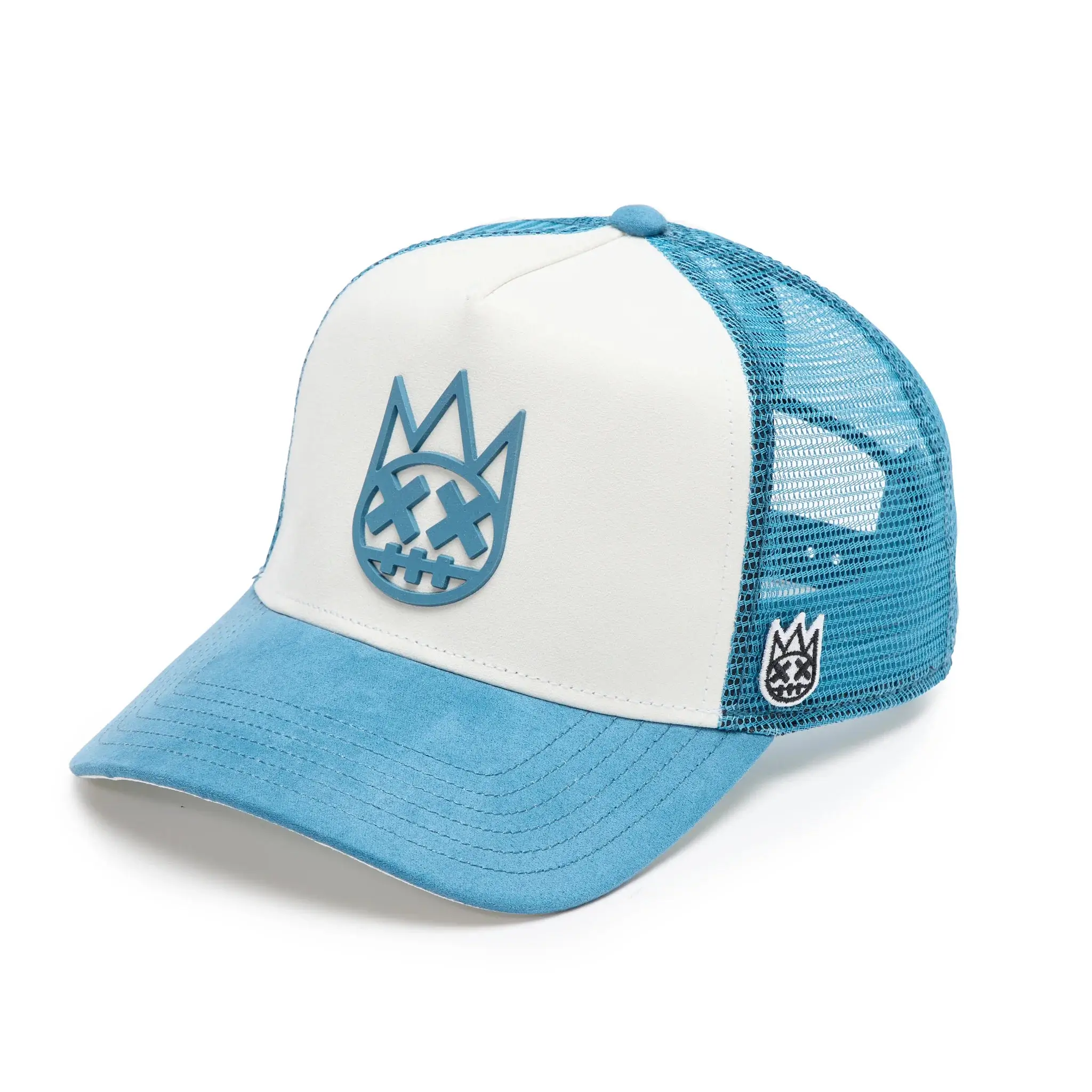Beyoncé, a master of reinvention and a cultural force who commands attention with every move, has once again captivated the fashion world. This time, she recreated an iconic Levi’s ad from the ‘80s, sporting men’s tighty whities in a series of photographs that evoke a sense of nostalgia while recontextualizing the imagery in a modern and provocative way. Her homage to the era’s aesthetics is more than just a tribute—it’s a statement on gender, fashion, and the cyclical nature of trends.
Revisiting the Icon: Levi’s 1980s Advertisement
In the original Levi’s ad, a man—typically muscular and confident—sits lounging in nothing but a pair of white briefs and a classic pair of Levi’s jeans, symbolizing an effortless masculinity and ruggedness that defined the brand’s persona. The imagery, like many advertisements of its time, was hyper-focused on a particular idea of the male figure: strong, laid-back, and in control. The tighty whities became a shorthand for this concept of unpretentious yet appealing simplicity. Over the years, this aesthetic has morphed into a signifier of kitschy Americana, celebrated and parodied in equal measure.
Enter Beyoncé, who challenges this narrative by placing herself at the center of this historically masculine imagery. The impact of seeing one of the most influential women in the world donning an item historically tied to male identity flips the original concept on its head, transforming the meaning of the image entirely. What was once a symbol of a very particular kind of male-driven sexuality is reimagined to fit a broader, more inclusive representation of power and allure.
Beyoncé’s Bold Reinterpretation: A Gender Statement
By wearing men’s tighty whities in her homage to the Levi’s ad, Beyoncé is making a bold statement about gender and fashion. Gender-fluid fashion has been on the rise in recent years, challenging conventional norms and dismantling rigid constructs. Beyoncé’s recreation goes beyond the superficial; it’s a deeper commentary on how gender roles in fashion can be upended, rewritten, and appropriated.
In choosing this specific imagery, Beyoncé highlights the absurdity of strict gender demarcations in clothing. Why should an undergarment like men’s briefs carry such strong gendered connotations? With a simple sartorial choice, she questions the traditional markers of masculinity and femininity, encouraging audiences to think beyond the binaries that still dominate much of the fashion industry. In doing so, she places herself at the vanguard of a movement that seeks to deconstruct the norms that limit creative expression based on preconceived notions of gender identity.
The Symbolism of Tighty Whities: From Basic to Bold
The cultural perception of men’s tighty whities has evolved dramatically over the decades. Originally seen as a utilitarian staple, the briefs took on new meaning in the ‘80s and ‘90s as an object of both humor and seduction. They became a curious icon of male sexuality—simultaneously conservative and provocative.
By incorporating this particular item into her look, Beyoncé is reclaiming a piece of male fashion and making it her own. It’s no longer about projecting a specific kind of male sexuality; instead, it’s about how the garment itself can be transformed to convey a more expansive sense of style and empowerment. The inclusion of tighty whities in Beyoncé’s fashion repertoire is an act of defiance against restrictive labels, proving that fashion can—and should—be a playground for anyone willing to redefine its rules.
The Power of Nostalgia and Reinvention
Beyoncé’s reinterpretation also plays heavily on the power of nostalgia. The original Levi’s ad evokes a sense of a bygone era, one that’s now remembered for its bold, unapologetic aesthetics and over-the-top advertising strategies. By reimagining this visual trope, Beyoncé connects with audiences who have a nostalgic attachment to the period while simultaneously introducing a fresh perspective.
Her choice of this ad speaks to a broader trend in fashion and pop culture: the cyclical nature of style and the constant reinterpretation of past icons. The ‘80s are experiencing a resurgence, from music and fashion to film and art. In this context, Beyoncé’s recreation serves as a bridge between generations, melding the past’s imagery with the present’s sensibilities.
Moreover, her take on the Levi’s ad is not merely about copying an old concept; it’s about reinvention. The way she inhabits the space of the image—confident, self-assured, and entirely in command of her presence—speaks to her mastery of visual storytelling. By using the nostalgic format of the Levi’s ad, Beyoncé ensures that her message resonates on multiple levels, simultaneously evoking the past while firmly placing her stamp on the present.
Impression
Beyoncé’s influence on fashion is undeniable. From her Ivy Park collaborations to her onstage costumes, every look she wears becomes a moment, dissected and discussed by fans and fashion critics alike. This latest recreation is no different, as it’s already sparked conversations about the boundaries of gender in fashion and the continued relevance of ‘80s aesthetics.
The fashion industry often relies on its muses to push boundaries and redefine what’s considered in style. Beyoncé’s homage to Levi’s, with a simple piece of underwear at its core, challenges designers and consumers alike to think more broadly about where inspiration can come from. She proves that even the most basic of garments—those tucked away in the most private parts of our wardrobes—can become symbols of strength, sensuality, and defiance.
The Beyoncé Effect: Cultural Significance
What makes Beyoncé’s recreation so compelling is not just the visual aspect but the cultural weight it carries. As a Black woman in an industry that has historically prioritized white male figures, her reinterpretation of the Levi’s ad resonates on a deeper level. It’s about reclaiming space and representation in a visual dialogue that often marginalizes women of color. By placing herself at the center of this visual narrative, Beyoncé asserts her place in the canon of fashion icons.
The original ad was meant to convey a sense of cool, effortless style that could only be attained by a specific type of man. In reclaiming this imagery, Beyoncé delivers a powerful message: style and confidence are not bound by gender, race, or societal expectations. Her tighty whities are not merely a prop—they’re a statement of ownership, a declaration that the rules of fashion are hers to rewrite.
Beyoncé’s recreation of the iconic Levi’s ad is more than just a playful nod to a classic—it’s a redefinition of what fashion can symbolize. By donning men’s tighty whities, she’s challenging gender norms, exploring the power of nostalgia, and asserting her place as a trailblazer in the industry. Through her bold fashion choices, Beyoncé continues to push the conversation forward, proving that what we wear can be a powerful form of self-expression and cultural commentary.
No comments yet.








